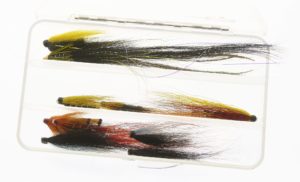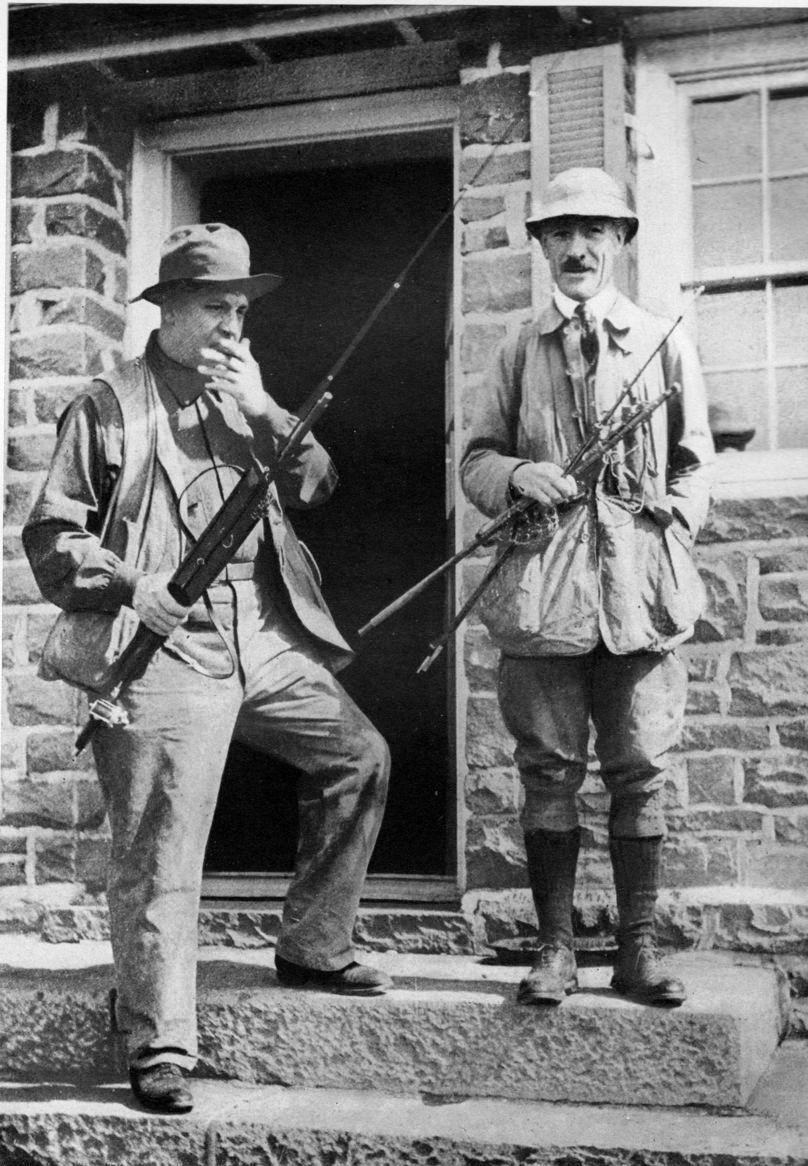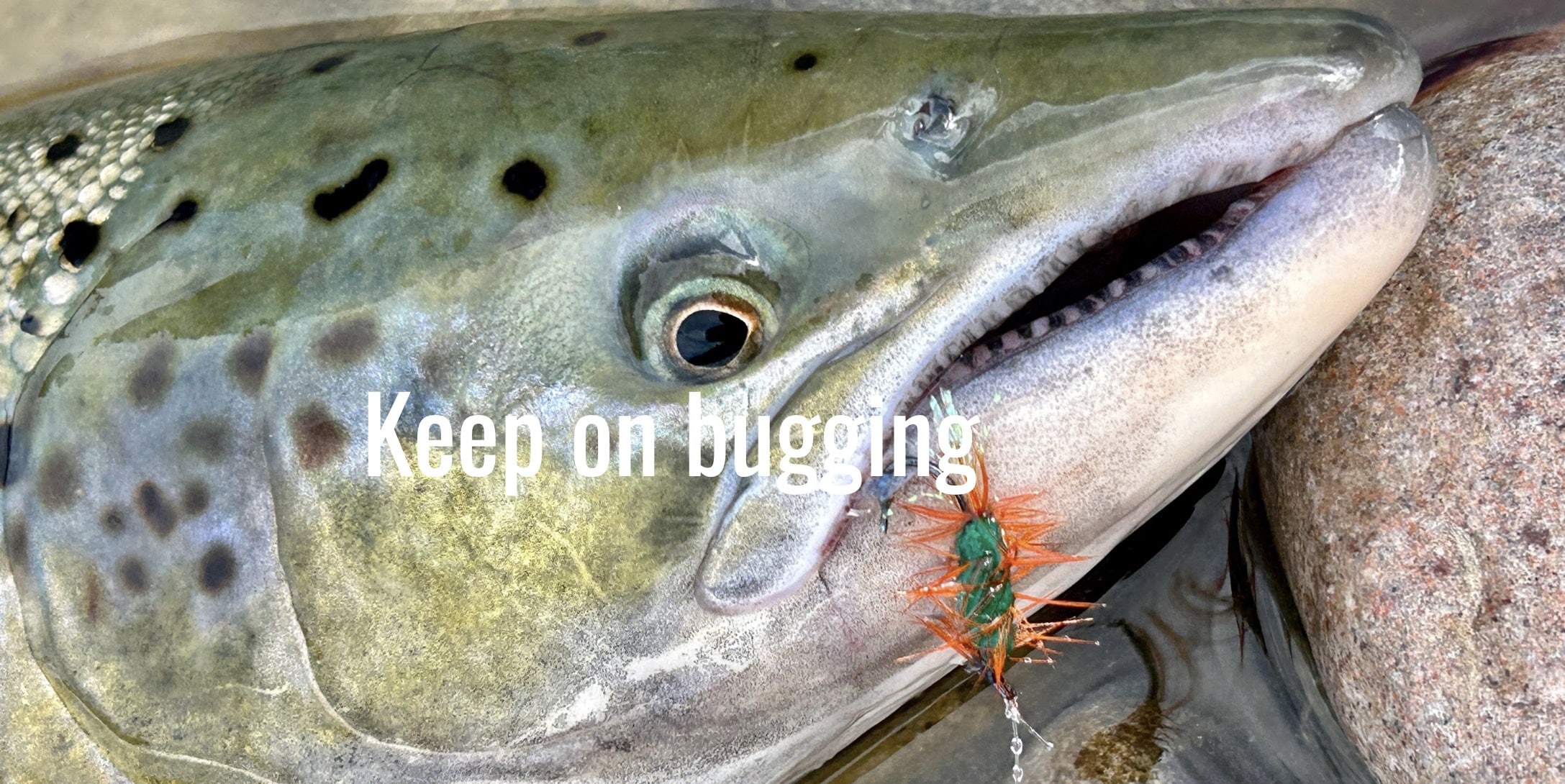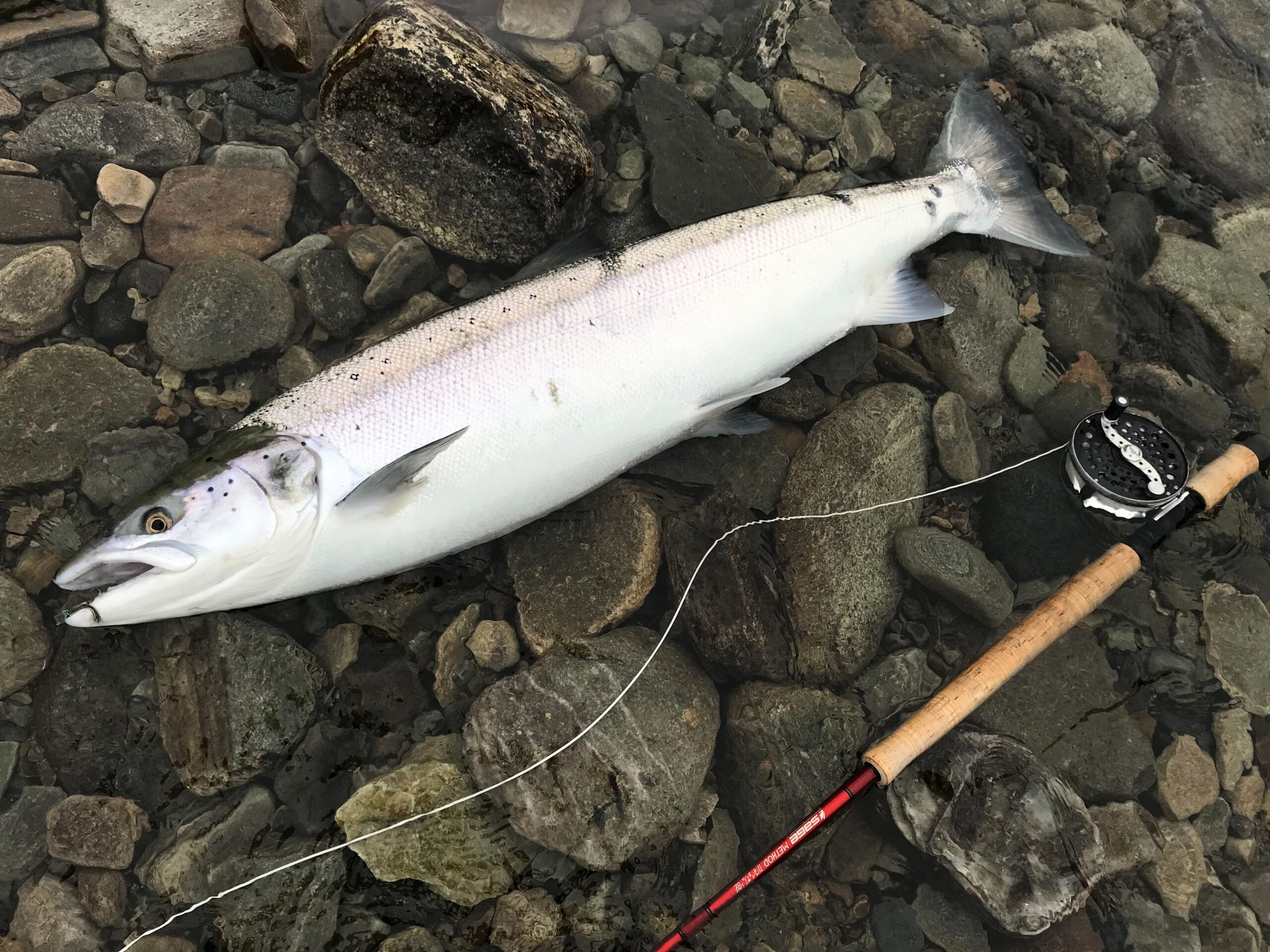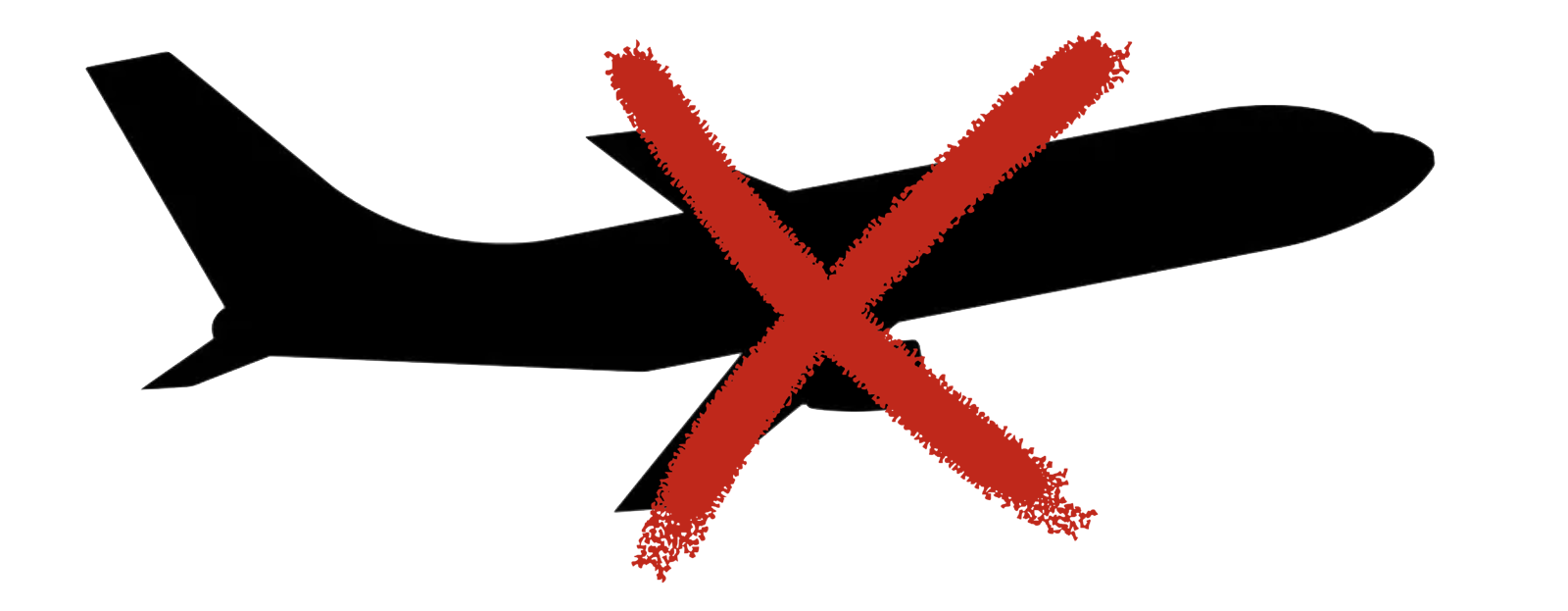
Do airline companies allow me to take fishing hooks onboard in my hand luggage
Most airlines do not allow you to bring your flies with hooks on board, so you must keep your favourite hook tied flies well packed inside your check-in luggage. But If your luggage doesn’t arrive at your destination, you will be without your precious flies ….Yiiiiiikes
Do instead as we do; use tube flies and bring them on board in your hand luggage alongside your favourite fly reels this way, you won’t be without flies and fly reels when you arrive at your fishing destination.
Bring your tube flies on board in your hand luggage (alongside your favourite fly reels); this way, you won’t be without flies anf fly reels when you arrive at your fishing destination.

The Transportation Security Administration (TSA) says this
The Transportation Security Administration (TSA) in the United States and similar security agencies worldwide have guidelines regarding what items are allowed in carry-on luggage. As of my last knowledge update in January 2022, fishing hooks are generally permitted in carry-on bags, but there are some important considerations and hands down…I have been asked to go back to luggage check-in and…check my fly boxes in as luggage.
So here are some Airline facts and a smart trick from Fishmadman
- Size and Type: Small fishing hooks are usually allowed, but large or particularly sharp ones (the words they use) may be subject to additional scrutiny. If your hooks are huge or have barbs, they might be considered dangerous and prohibited.
- Packaging: To avoid any issues at the security checkpoints, it’s advisable to keep fishing hooks in original packaging and/or in your fly boxes. This would help security personnel identify them (when looking at scanners) and reduce the risk of accidental injury when security people rake through your bags.
- Local Regulations: Regulations may vary between countries and airlines, so it’s essential to check the specific rules of the airline you are flying with and the security regulations of the country you are departing from or arriving in.
- Bring your favourite tube flies (without hooks) and precious fly reels + fly lines in your hand luggage. This way, you will still have some essential fishing equipment when you arrive at your destination, and the airline people have lost your checked-in luggage.
Regulations may change, so checking with the relevant authorities or your airline for the most up-to-date information before you travel is good. You can also visit the official website of the TSA or the aviation security agency in your country for detailed and current guidelines.
Believe it or not…some airlines may recommend bringing Barbless Hooks
Packing hooks in your check-in luggage and some airline companies only allow barbles hooks
The transportation of fishing hooks such as flies on an aeroplane is generally allowed. Still, again, there are specific regulations and guidelines you should be aware of to ensure a smooth and hassle-free experience.
Always double-check with the airline and relevant authorities to ensure you comply with their rules and regulations. It’s also a good idea to arrive at the airport with some extra time in case of any questions or concerns during the security screening process.
Here are some tips:
- Check with the Airline: It’s essential to check with the specific airline you are flying with, as policies can vary. You can find this information on the airline’s official website or by contacting customer service.
- Pack in Checked Luggage: While small fishing hooks are often allowed in carry-on luggage, it’s a good practice to pack them in your checked baggage. This can help avoid any potential issues during the security screening process.
- Use fly boxes and original packing: If you have multiple fishing hooks for fly tying and tube flies, consider using a tackle box to organize and contain them. Keep all flies in your fly boxes (pick those loose ones out of your fly fishing west or fishing hat and store them in fly boxes or put such garment with flies in an appropriate container. This can prevent accidental injuries and make the security screening process smoother.
- Barbless Hooks: Believe it or not…some airlines may recommend only bringing Barbless Hooks. Check with the airline to see if they have specific requirements regarding the type of fishing hooks allowed.
- Local Regulations: Besides airline policies, be aware of any local regulations regarding the transportation of fishing gear at your destination. Certain countries or regions may have specific rules regarding the importation of fishing equipment.
There is quite a lot of regulatory text to be found on airline homepages (:
My experience is that security staff in the airport rarely let my fly boxes pass by unnoticed, and I have also been asked to go back and check them in as luggage.
I am often asked questions about my fly reels, but never have I been sent back to check those in – Shortly after 9/11, my fishing friend and I were reverted to luggage check-in from security to check-in a fixed spool reel with braided line on, as the braided line (100 # Powerpro) could be used by someone to tie up people. We kindly reverted to luggage check-in with the reel in question (:
Fun facts about crocked fly fishermen employed at Murmansk Airport
When fishing for Atlantic salmon in Russian Rivers was available to a broader audience, we would advise people going to Russia to bring their flies, reels and rods in their hand luggage (Tube Bombers, Sunray Shadow and Hitch tube flies). Security people would not take the hookless tube flies, and other airport employees at Murmansk Airport could not steal their fishing tackle.
You who have been to Russia know that lost flies and fishing gear were occurring regularly.
Maybe there were a few keen and crocked fly fishermen employed at Murmansk Airport (:


